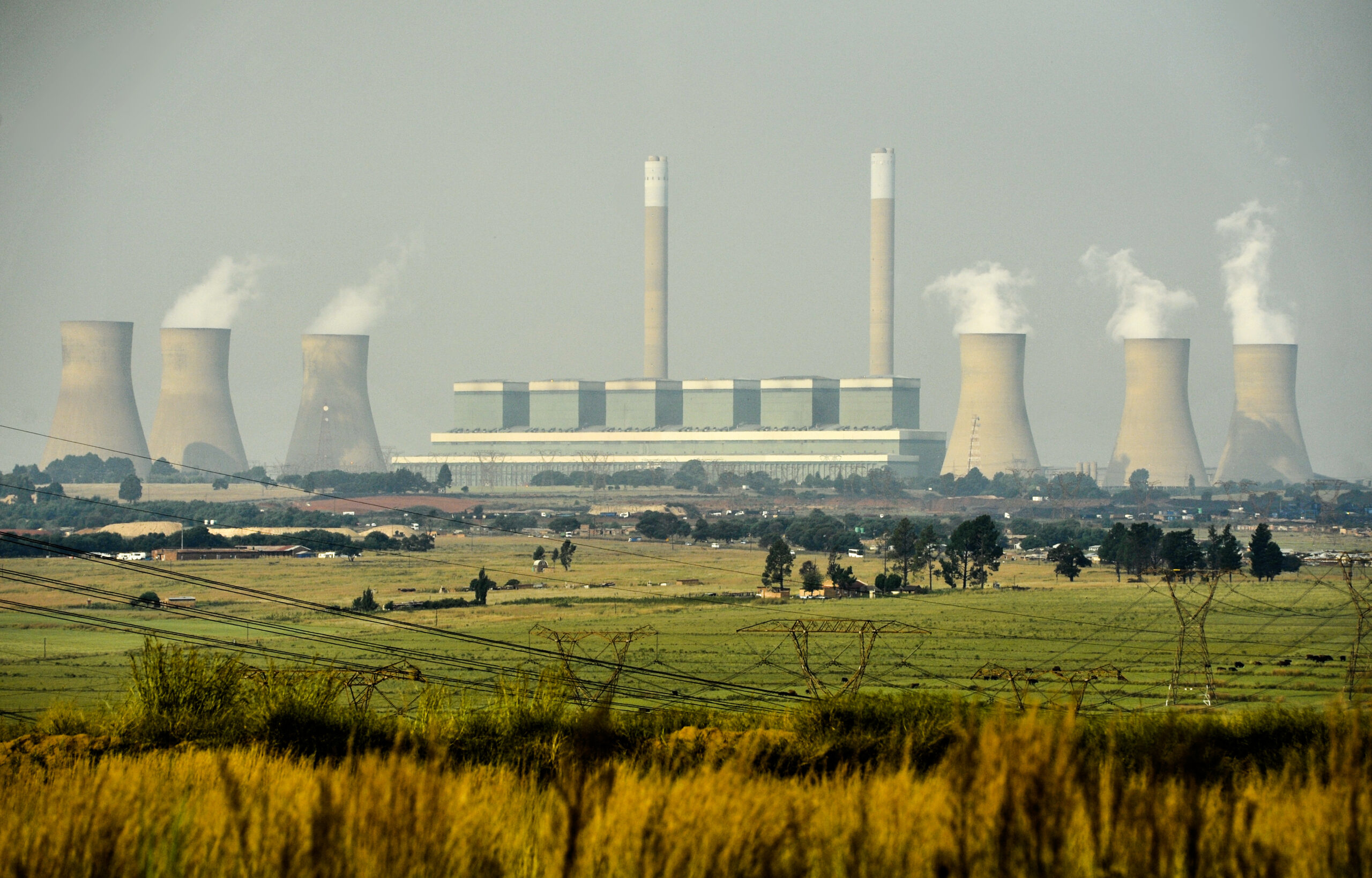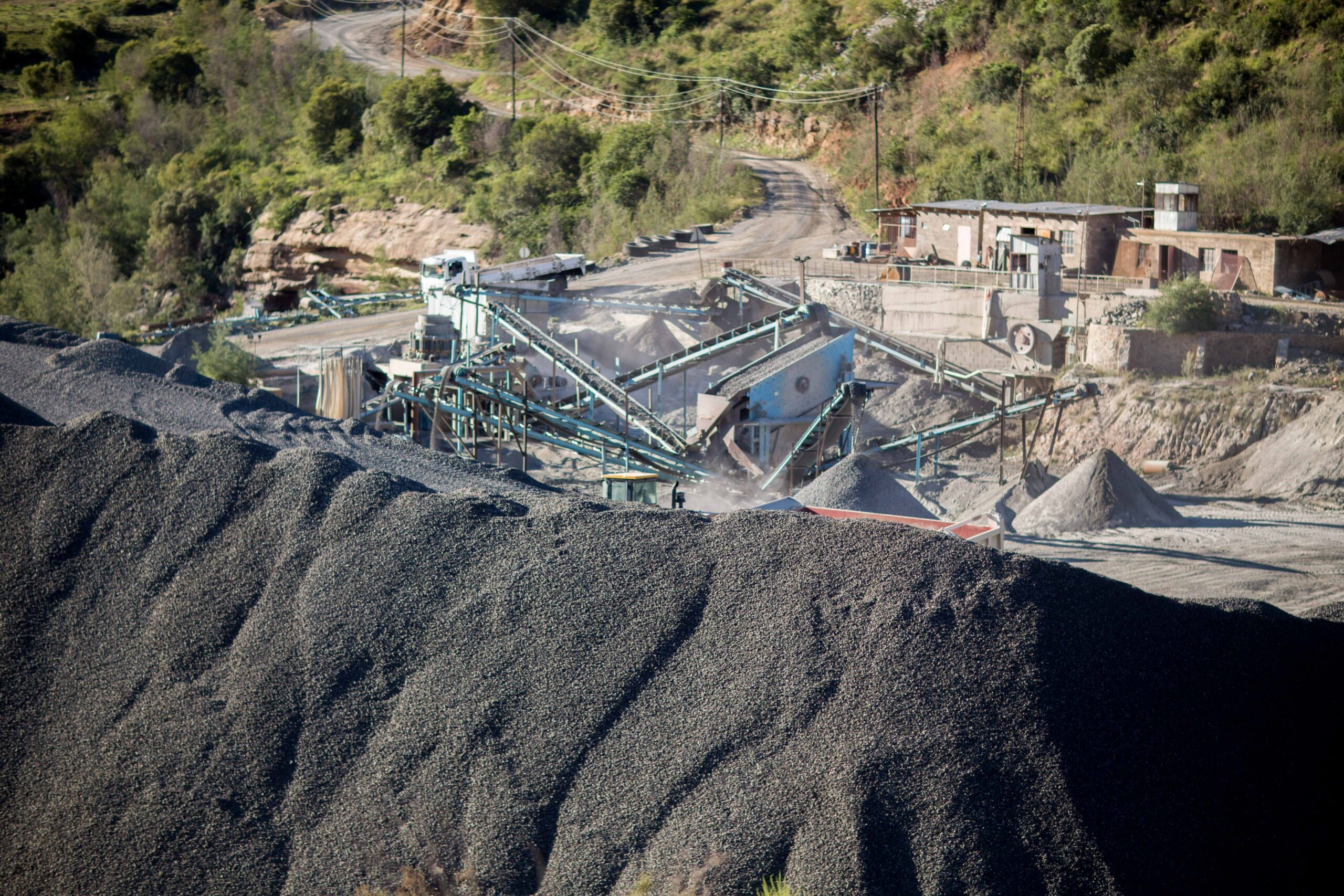LNG vs LPG vs natural gas
Liquefied petroleum gas (LPG) is the gaseous form of two kinds of natural gases: butane and propane. It can also be a mix of the two gases. Butane and propane are similar but have different properties, making them suitable for different things.
For example, propane has a lower boiling point. This makes it suitable for outdoor storage. Consumers can use it for transport, cooking and central heating. On the other hand, producers ship butane in cylinders, and consumers can use it for boats, caravans and outdoor cooking.
LNG and natural gas
Natural gas is a fossil fuel and a source of energy. It is made up of mostly methane and a few smaller compounds, including carbon dioxide. Natural gas is formed when the remains of organic material, like animals and plants, decompose and build up in layers on the Earth’s surface and the ocean floors. Combined with other materials, like sand and silt, these layers of decaying organic material compress over millions of years, forming coal, oil and natural gas.
Liquefied natural gas (LNG) is a liquid form of this gas. LNG is natural gas that has been cooled to a liquid state so that it can be shipped and stored. It can also be used as a transportation fuel in this state. At about -162°C, the LNG is about 600 times smaller than in its gaseous state.
How LPG differs from natural gas
LPG is stored in tanks or cylinders, while LNG is stored and shipped in cryogenic tanks. LNG is much more onerous to move and store. Countries require pipeline transportation infrastructure, dispensing stations and production plants. LPG is liquefied using light pressure, while LNG is liquefied in extremely low temperatures.
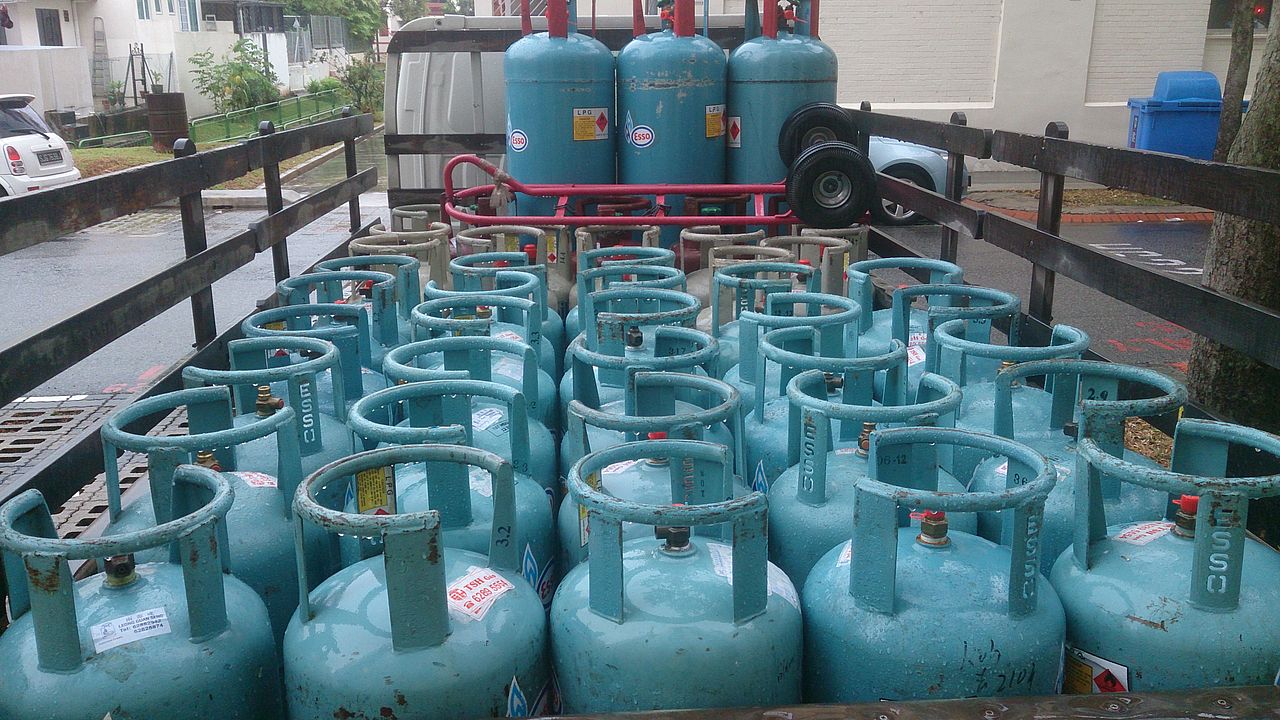
Natural gas and LNG are non-renewable energies
Natural gas in any form (liquid or gaseous) is a non-renewable form of energy. It is also a fossil fuel. This is because natural gas’ main component, methane, is a powerful greenhouse gas. While it does not stay in the air for as long as carbon dioxide, it is 120 times more powerful than carbon dioxide when it first enters the atmosphere. It is 86 times stronger than carbon dioxide over a twenty-year period.
In addition to being environmentally problematic, there are serious concerns about the economic viability of natural gas. The World Resources Institute has warned African nations against overinvesting in natural gas infrastructure. That is because they could become stranded assets.
South Africa’s use of LNG and natural gas
South Africa’s long-term energy plan accounts for the integration of gas-to-power technologies into South Africa’s grid. It says that gas-to-power technologies “provide the flexibility required to complement renewable energy”. In the short term, the country will try to import gas. South Africa will then upscale access to local and regional gas resources. Meanwhile, the country will pursue local shale gas and offshore gas reserves.
Minerals and Energy Minister Gwede Mantashe has said that gas could be a “game changer” for South Africa. Gas currently only makes up a small percentage of South Africa’s electricity mix. The government wants to bring an additional 3,000 megawatts (MW) onto the national grid by 2030.
There has been some movement in the nascent LNG sector with some commercial investment. But, as stated above, natural gas is not a clean energy source, nor is it a good commercial investment.
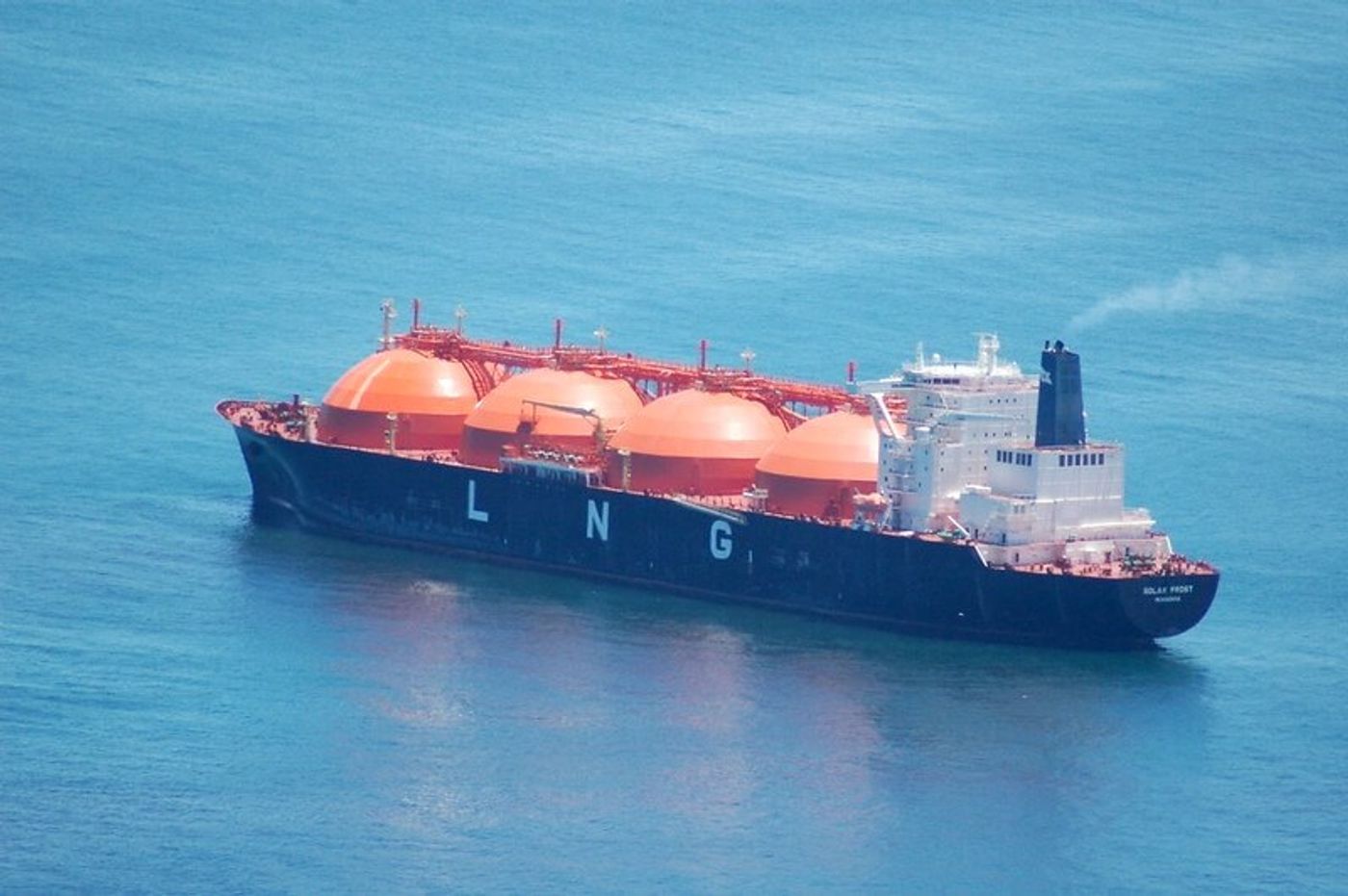
LPG is not a clean energy source
LPG is a by-product of natural gas and oil extraction and processing. As such, it is a product of fossil fuels. This raises questions about whether it can be considered “clean” energy. However, when burned in vehicles, for example, LPG releases fewer greenhouse gases than other types of fossil fuel.
Newer research suggests that it may be possible to engineer LPG through bioengineering processes. However, this research is still in its infancy.
LPG use in South Africa
South Africa’s usage of LPG is low compared to its income level. But, the LPG industry expects it to double between 2021 and 2026. This will primarily be through usage in the home – water and space heating, and cooking. So far, the development of the LPG market has been hamstrung by pricing problems and infrastructure constraints. However, the South African government introduced a new pricing model in July 2020. This is expected to increase LPG imports.
As the gas and oil markets grow, so will the development of LPG. This is because LPG is produced as a by-product of oil and gas refining processes.
Already, LPG use in South Africa is starting to impact the country’s electricity sector. This is because it replaces traditional electricity used for household applications, like heating and cooking, reducing the demand for electricity.
How South Africa’s LPG is produced
In South Africa, LPG is produced as a by-product of the crude oil industry. The producers of this crude oil include Chevron, Engen, BP, and state-owned liquid fuels producers Sasol and PetroSA. Five of the six refineries in South Africa produce LPG. This accounts for 80 per cent of all LPG used in South Africa. South Africa imports the remaining 20 per cent.
Typical LPG prices
In South Africa, as of 1 December 2021, LPG costs R33.35 per kilogram. This is according to the South African Petroleum Industry Association. LPG is typically measured in kilograms when used in the home. When it is stored, produced or transported, it is measured in tonnes. The cost of LPG changes monthly and according to location.
A kilogram of gas produces about 14 kilowatts of heat energy. An average nine-kilogram cylinder costs anywhere between R700 and R1,500.
LPG is not practical
But, some experts doubt whether LPG will take off in South Africa. In April, the Department of Minerals and Energy released a draft LPG rollout strategy. The minister responsible, Mantashe, punted LPG as an alternative fuel for South Africans to curb their reliance on Eskom. He said that this would help to cushion South Africans against persistent power outages called load shedding.
However, this might not be practical. South Africa does not have the infrastructure (import and storage facilities) and enough gas supply to upscale LPG usage in any meaningful way. To solve this problem, Mantashe emphasized the need to import gas.
But, many South Africans are sceptical. The government recently awarded huge contracts to Turkish firm Karpowership to supply it with anchored gas terminals. The contracts are riddled with corruption allegations. While this contract relates to the import of LNG and not LPG, for many South Africans, Mantashe’s support of the gas industry broadly rings alarm bells.
As a result of the Karpowership corruption allegations, many South Africans are wary of Mantashe’s suggestions that importing any gas supply is an urgent matter. Meanwhile, LPG is out of the price range of many poor income homes. Middle-class South Africans are keener on gas products, but they have little appetite for changing their electricity supply on the whole.
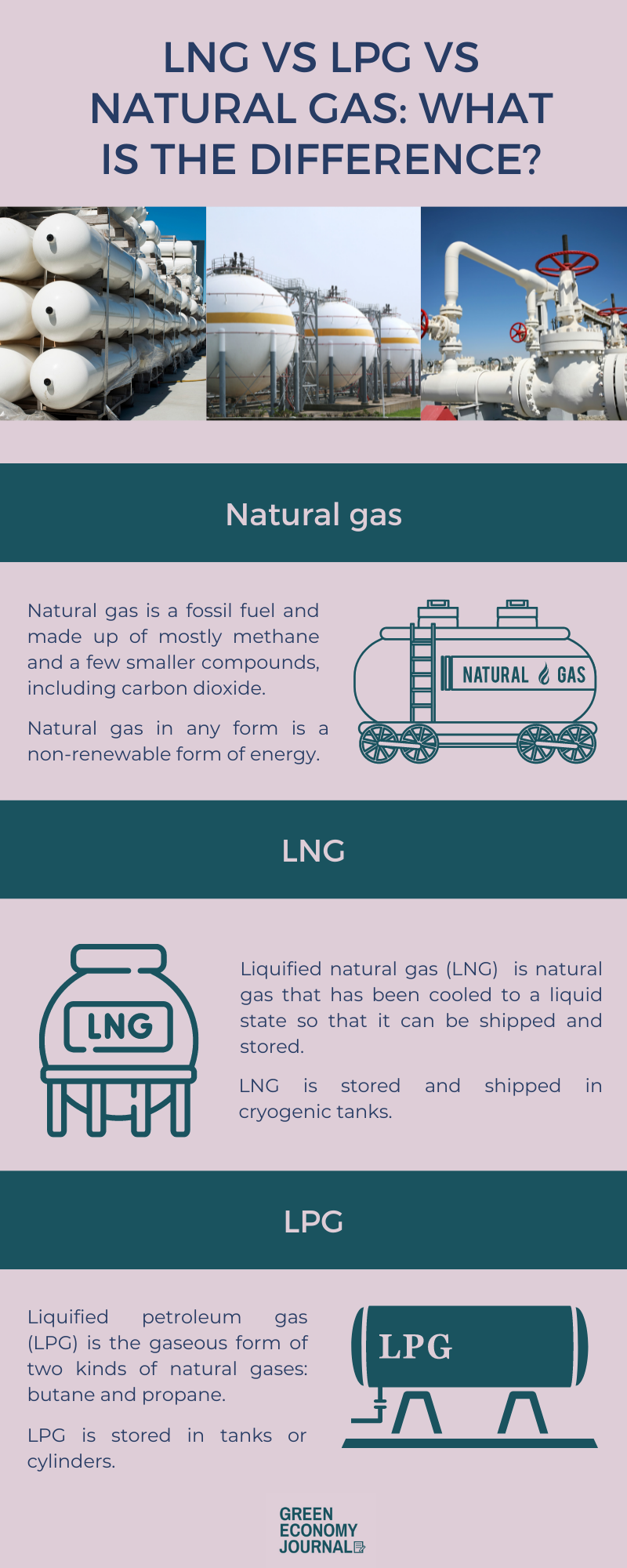
Related Articles
Eskom: Green energy saves water
Generating electricity from fossil fuels has a hidden cost: South Africa’s already scarce supply of fresh water.
The false promise of ‘clean’ coal in South Africa
Even using the cleanest technology available, coal’s severe environmental, health and climate consequences remain unavoidable.

